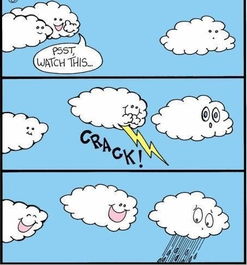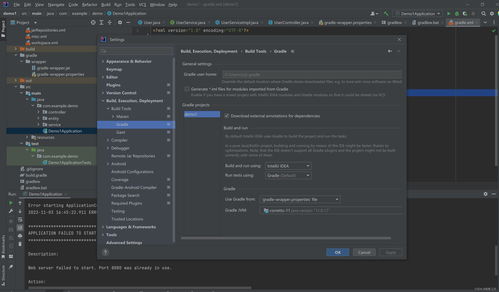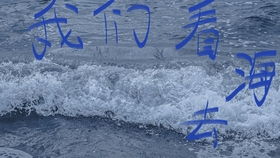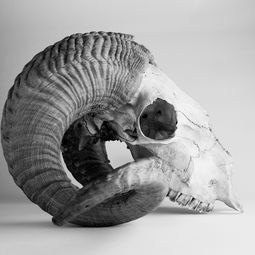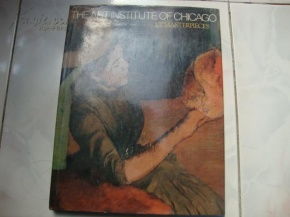
Content:
Introduction: The serene beauty of a river, with its gentle currents and teeming aquatic life, offers anglers a paradise for fishing. One of the most captivating aspects of river fishing is the prospect of catching fish that dart playfully beneath the surface. In this article, we delve into the art of fishing for small fish on river surfaces, providing you with essential tips and techniques to improve your chances of a successful catch.
Understanding River Fish Behavior: Before we dive into the fishing techniques, it's crucial to understand the behavior of small fish in river environments. These fish are often found in the shallower areas, where they can feed on insects, algae, and other small organisms. They are sensitive to changes in the water and can be quite elusive. Here's what you need to know:
Water Temperature: Small fish are more active and easier to catch when the water temperature is between 60-70°F (15-21°C). During extreme temperatures, they may be less active and harder to locate.
Currents: Rivers have varying currents, and small fish often congregate in areas with slower flows. Target these spots to increase your chances of a successful catch.
Food Sources: Look for areas with plenty of food sources, such as weed beds, fallen leaves, or rocks, where small fish are likely to be feeding.
Choosing the Right Equipment: To effectively fish for small fish on river surfaces, you'll need the right equipment. Here are some essential tools:
Lightweight Rod and Reel: A lightweight rod and reel combination allows for more sensitivity and easier manipulation in the river's currents.
Fine-Tuned Line: Use a monofilament line with a diameter of 4-6 pounds. A lighter line is less likely to spook the fish and offers better sensitivity.
Small Lures and Baits: Small fish are naturally attracted to small insects and baits. Opt for lures and baits that mimic these natural prey, such as minnows, flies, or small pieces of worm.
Terminal Tackle: A small hook, like a size 8-10, is ideal for catching small fish. Attach a split shot about 6-12 inches above the hook to help your bait sink slowly to the desired depth.
Techniques for Catching Small Fish on River Surfaces:
Nymphing: Nymphing is a technique where you let your lure or bait drift naturally along the river's bottom. This mimics the movement of small aquatic insects and is effective for catching small fish. Keep your rod tip slightly bent and allow the current to carry your bait along the riverbed.
Casting and Retrieving: Cast your lure or bait upstream and retrieve it back towards you in a steady, erratic motion. This simulates the movement of a struggling prey item and can attract small fish to your offering.
Jigging: Jigging involves repeatedly lifting and dropping your lure in short, sharp bursts. This technique can trigger a reaction strike from small fish that are otherwise unresponsive.
Still Fishing: In some cases, simply casting your lure or bait into a promising spot and waiting for the fish to come to you can be effective. Keep your rod tip slightly elevated to detect subtle bites.
Reading the Water: Pay close attention to the water's surface for signs of fish activity, such as boils, ripples, or splashes. These indicators can help you identify the best spots to cast your line.
Final Thoughts: Catching small fish on river surfaces can be a rewarding and enjoyable experience for anglers of all levels. By understanding the behavior of river fish, choosing the right equipment, and employing effective techniques, you'll be well on your way to becoming a master at this art. Remember to always practice responsible fishing, respecting the river's ecosystem and its inhabitants. Happy fishing!

